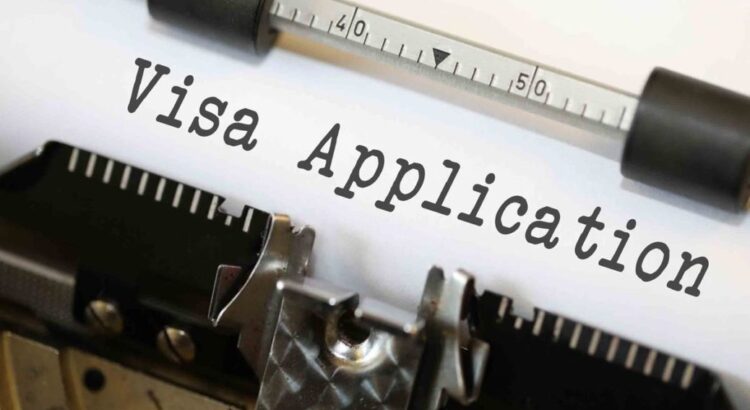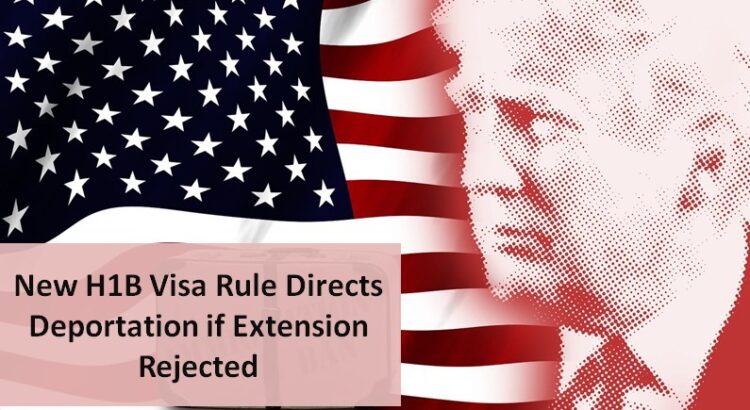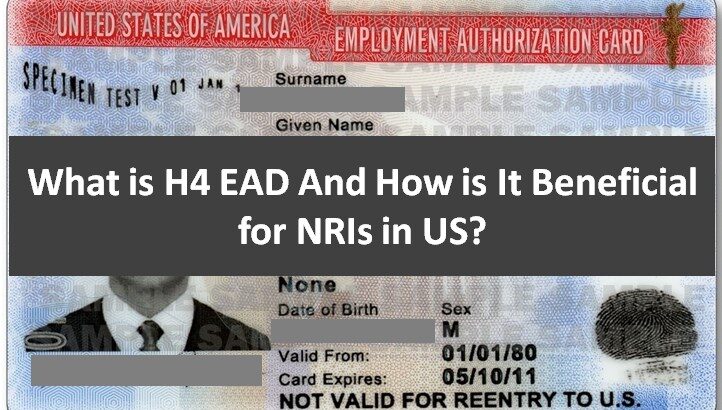What is a Non-Immigration Visa?
A person who lives temporarily in the US is a non-immigrant. Plainly speaking, the one might reside in the US for fulfilling the purpose of employment or medical treatment or business or temporary work/study. He would require a non-immigrant visa. It is provided to the non-natives of that country.
Read More














